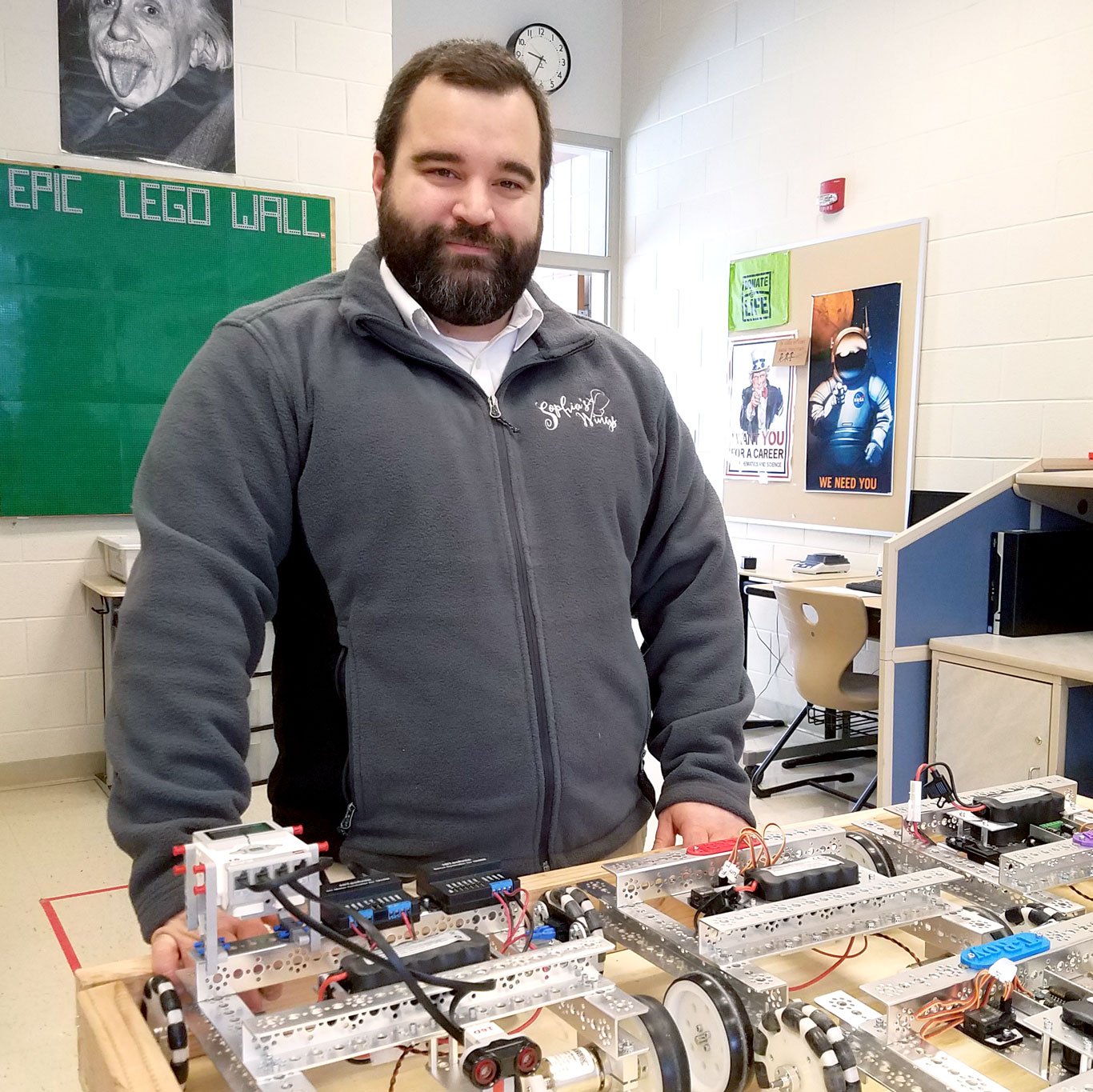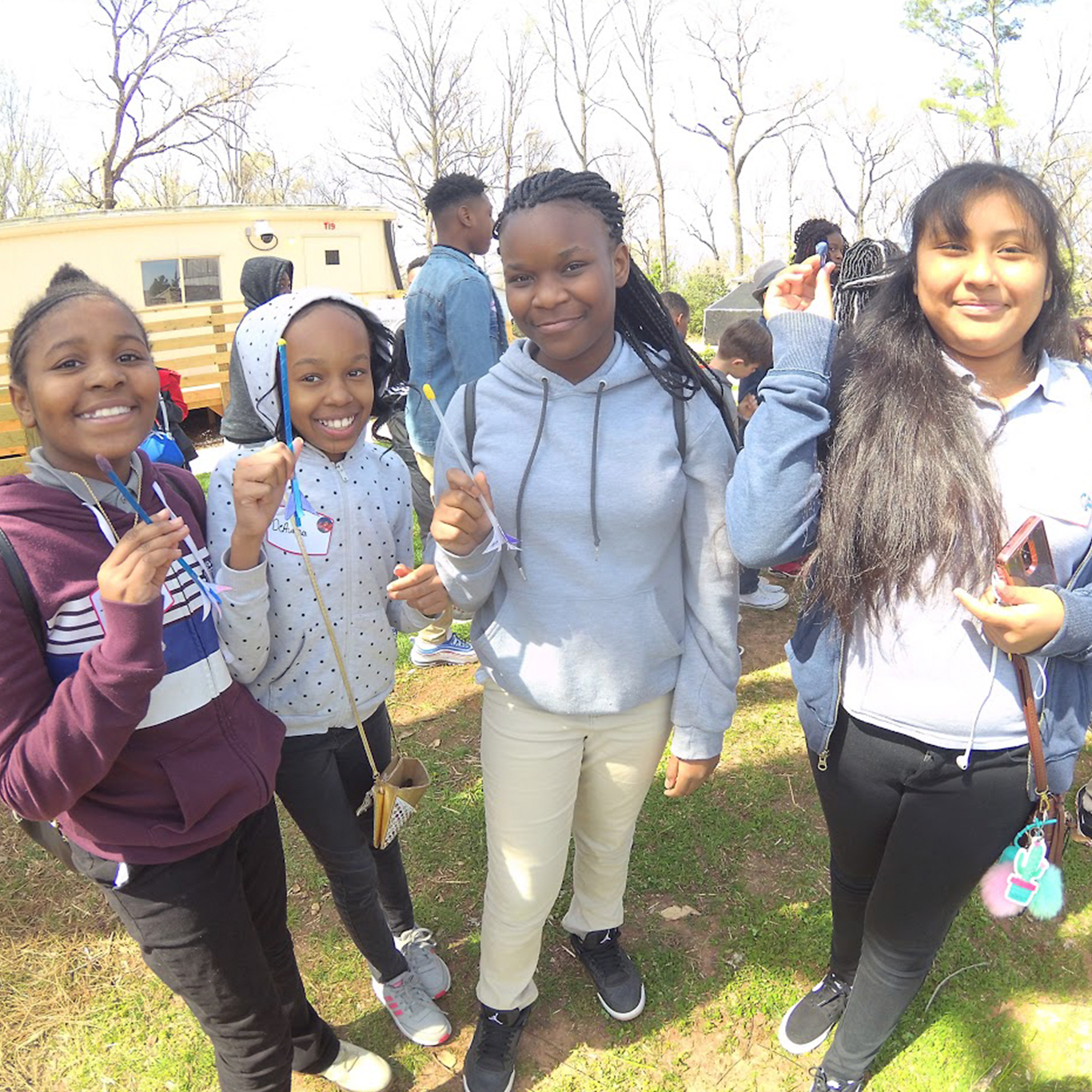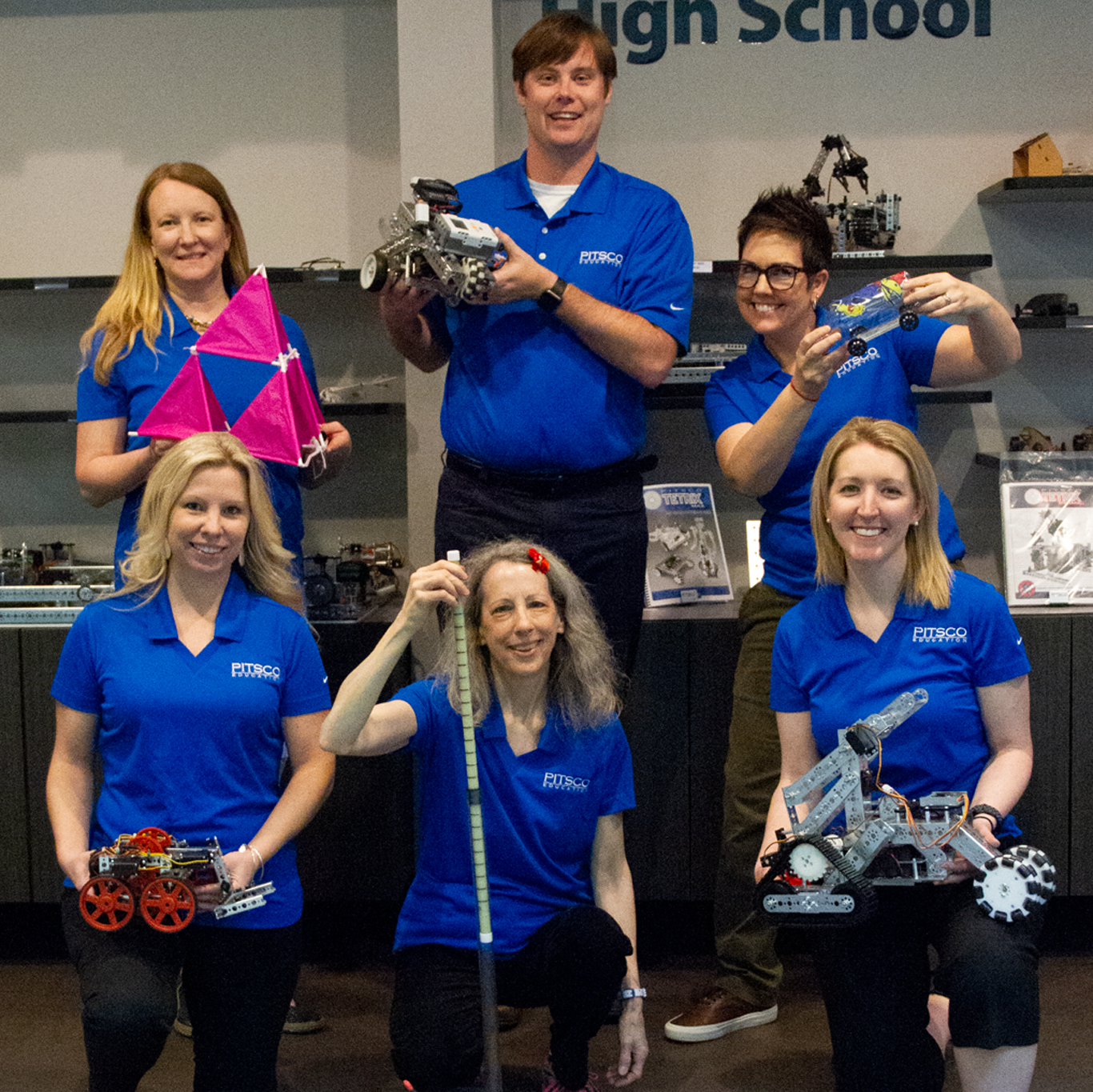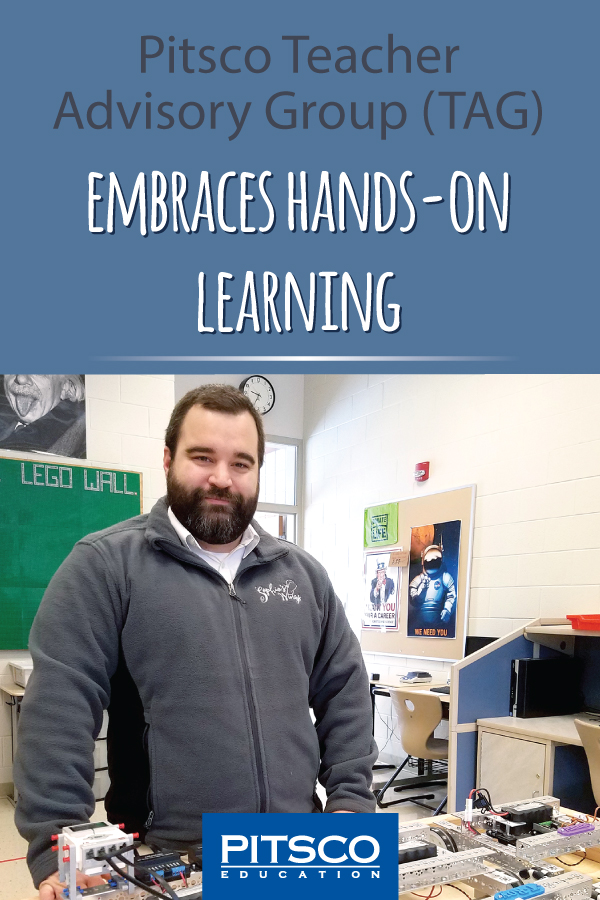It’s 2020! New year, new goals, new opportunities. That might seem like the same ol’ song and dance, but not a chance. I’m really excited to be working more closely with our new Pitsco Teacher Advisory Group (TAG). We have begun engaging with this year’s TAG members, and I can already tell it’s going to be a great year with this group!
One of the ways in which we’d like to involve our TAG members this year is by sharing their insights and tips in the Pitsco Blog. We have some very talented, engaging educators on board, and I think you’ll like what they bring to the table.
As a company, we often refer to ourselves as hopelessly hands on. It’s the only way we know. It’s the best way we know. Thus, it’s pretty expected that our TAG team would be filled with like-minded people. But, we wanted their insight into the what, why, and how of it all. One of our first blog prompts to them centered around hands-on learning: what it looks like, why it’s a good idea, tips for starting, and so forth. I was beyond impressed with the feedback we received, and I hope you enjoy their input as well.
So, without further ado, here is some of what they had to say.
Why Hands-On Learning?
It was obvious from the get-go that our TAG members wholeheartedly embrace hands-on learning. As Lisa Lewis asked, “Is there another way to teach?!” Other responses were similarly enthusiastic and ranged from educators themselves being hands-on learners to all the benefits hands-on learning has to offer, from problem-solving skills to cross-curricular lessons.
- “Hands-on teaching and learning is how I have always done things. I’m a conceptual learner. I need to see something to understand it and have always had a knack for mechanical thinking and problem-solving.” – Joe Slifka, technology teacher

- “When my students are working on something that is hands on, the time goes so quickly. We are having fun and just want to keep learning.” – Denise Wright, STEM and science teacher
- “I choose hands-on, problem-based learning because that is the way I learn best, and it provides so many avenues to teach curriculum and skills that apply directly to the real world.” – Jim Brown, Grades 5 and 6 STEM teacher
- “I truly believe that there is no better way for a person to learn unless they are given the actual hands-on tools to that learning.” – Erin Barr, science and English teacher
- “The professional literature supports the fact that cognitive development of students can be greatly supported by learning ideas and concepts via hands-on learning and making real-world connections.” – Michael Clark, STEM teacher and assistant CTE director
- “I’m a big fan of hands-on learning as it always worked best for me. From an engineering perspective, problem-solving and ‘how-to-think’ skills are best developed when students can physically experience how things work, when systems don’t work, and multiple solutions to open-ended problems.” – Everton Henriques, engineering and technology teacher
- “Most kids aren’t intimidated when they can jump into a challenge or activity and not have to worry about possible struggles that they have with reading or writing. Reading and writing are essential skills, but sometimes you have to allow kids to understand why they need those skills. Hands-on learning can provide that hook.” – Dave Shafer, Grades Pre-K-6 STEM teacher
- “Hands-on activities provide meaningful experiences for students of all ages, allowing them to explore, reflect, and learn team-building skills necessary for their future in the workforce.” – Teresia Harrison, science specialist
 What Got You Started in Hands-On Learning, and Why Do You Continue to Use It?
What Got You Started in Hands-On Learning, and Why Do You Continue to Use It?
As expected, many of these answers were similar to the answers for “Why hands-on learning?” Some were personal, and some gave us a bit more insight into why hands-on learning continues to grow in popularity.
- “I would much rather be a facilitator of learning and work with kids than just give them all the information in a stagnant environment.” – Natalie Vanderbeck, Grades K-5 title math teacher
- “I got started in hands-on learning from the moment I started teaching 26 years ago. You see the spark of joy from students. . . . I started incorporating hands-on learning with social studies activities to bring history to life, science investigations to understand concepts better, and math manipulatives to connect concepts.” – Jill McClain, Grade 4 teacher
- “Students are so much more engaged and interested in the learning when they are active participants. . . . Hands-on learning encourages discussion, curiosity, and a sense of wonder and discovery.” – Emma Smith, Grades K-5 STEM specialist and resource teacher
- “I discovered that the students were more engaged and remembered more when lessons incorporated hands-on learning. When I moved to working with other grade levels, I quickly learned that this is not just something for young students but for all learners.” – Lauren Freeman, gifted and talented campus coordinator
- “I particularly like teaching technology and engineering and hands-on learning when I have students who normally are poor performers in other subjects – they are some of my best students.” – Matt McGuire, teacher of design and drawing, robotics, and architecture and construction
What Does Hands-On Learning Look Like?
Across the board, our TAG members agreed that hands-on learning looks relatively the same – though the tools and reactions might change – regardless of age or grade level.
- “Proper hands-on learning looks very similar in all classrooms; students are engaged.” – Lauren Freeman
- “The resources utilized might look different for various ages (elementary popsicle-stick structures vs secondary balsa wood structures, and so on), but the process can look the same. Students are given a task. They think and imagine, make a plan. They create a design, drawing, or model. They test their design, then improve their design if needed.” – Natalie Vanderbeck
- “Hands-on learning looks pretty much the same in all my classes. I teach them the engineering design process early, and we use that to complete our challenges. . . . I love that they have the freedom to fail as long as they don’t give up! I think the improve phase is my favorite!” – Chris Gibson, Grades K-6 STREAM lab teacher
 Any Advice for Teachers Considering or Afraid of Hands-On Learning?
Any Advice for Teachers Considering or Afraid of Hands-On Learning?
Overwhelmingly, our TAG educators’ advice on hands-on learning focused on embracing the chaos and letting the students own their learning.
- “Expect all students to do something just a little different than what you planned for, but let your students drive the experience. It’s fine if there is failure or it looks a bit different than your sample. And if you’re afraid of the mess or noise, take them outside to do the activities.” – Jill McClain
- “Having support from your administration is very important to letting you try new ideas in your classroom. And getting students excited to be in your class can help in gaining support of your program.” – Michael Clark
- “Just be brave and give it a try! Don’t answer all their questions, but coach them to think and problem solve first. Time constraints and the demands of teaching have caused us to be in the habit of doing all of the troubleshooting for students up front. Their first instinct is to ask for help. . . . When they have a problem or question, I like to ask them what they notice about [the problem] to get them to come up with a solution instead of fixing it for them.” – Chris Gibson
So, what’s your motivation for and experience with hands-on learning? Have tips for other educators? Tell us in the comments! We LOVE to hear from you.
Learn more about our 2020 TAG group at Pitsco.com/TAG. Have something you’d like our TAG team to tackle? Leave us your questions and ideas in the comments below!

TOPICS: IN THE CLASSROOM, ADMINISTRATION & THOUGHT LEADERSHIP, Teacher Resources, Teacher Development, Hands-on Learning



